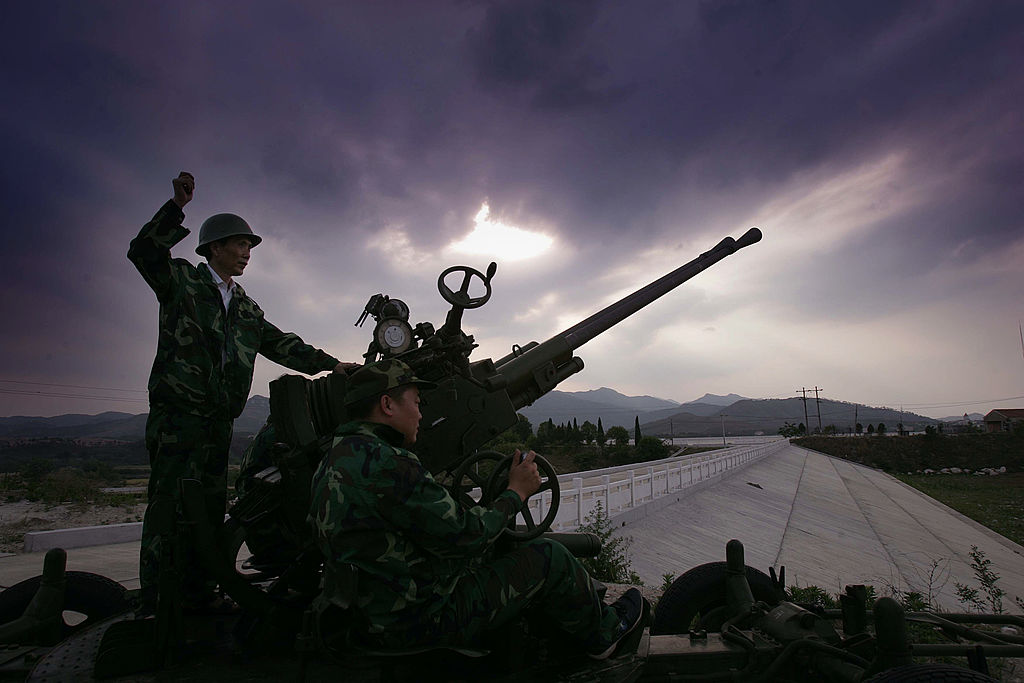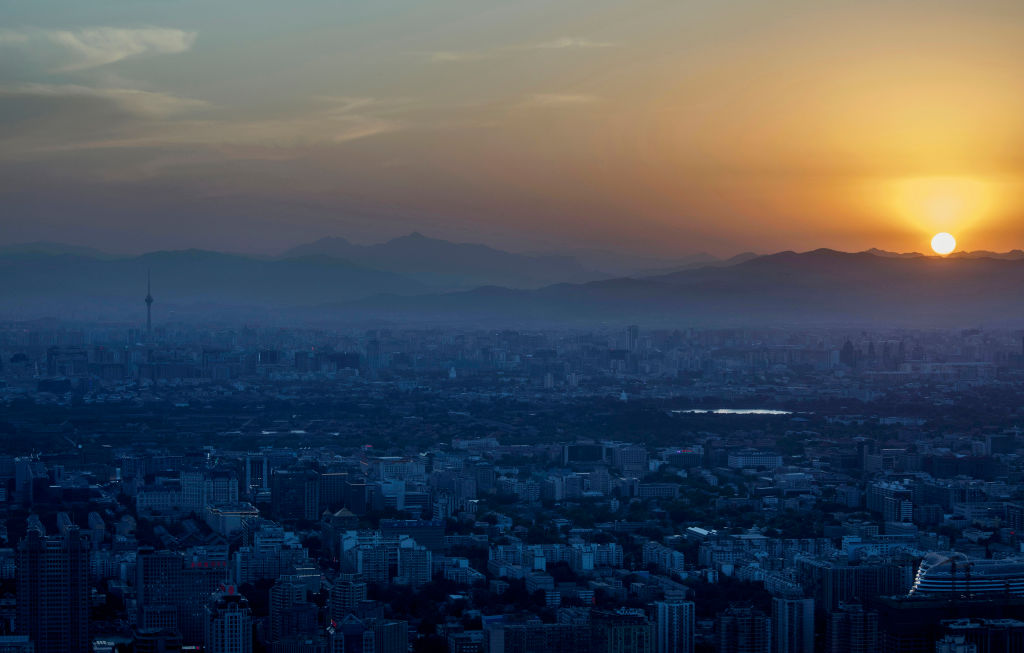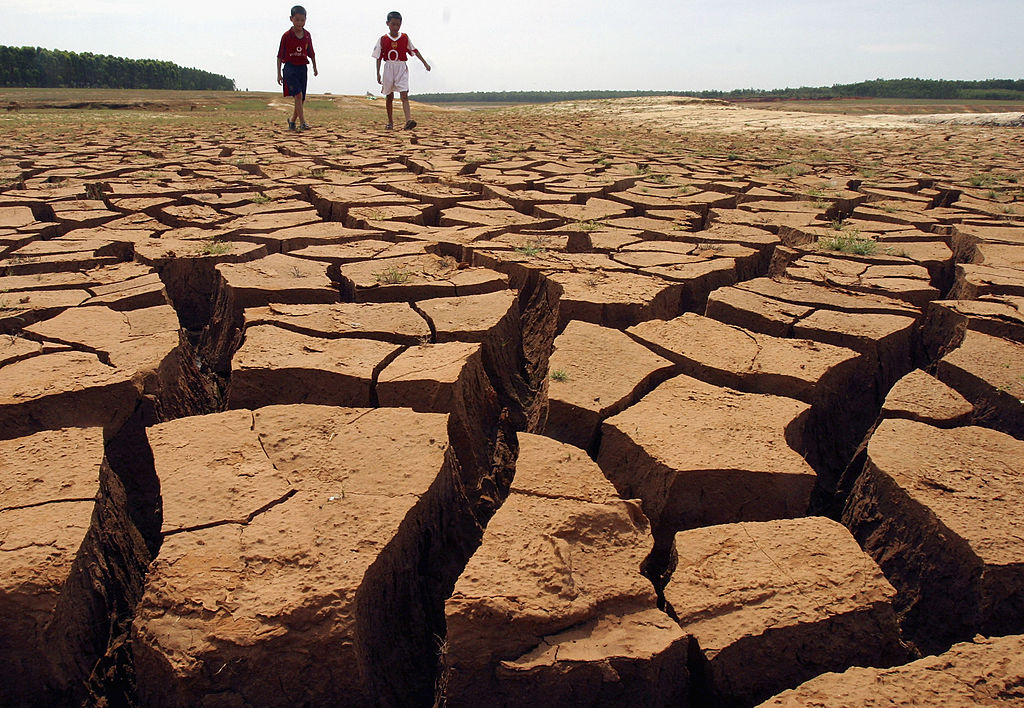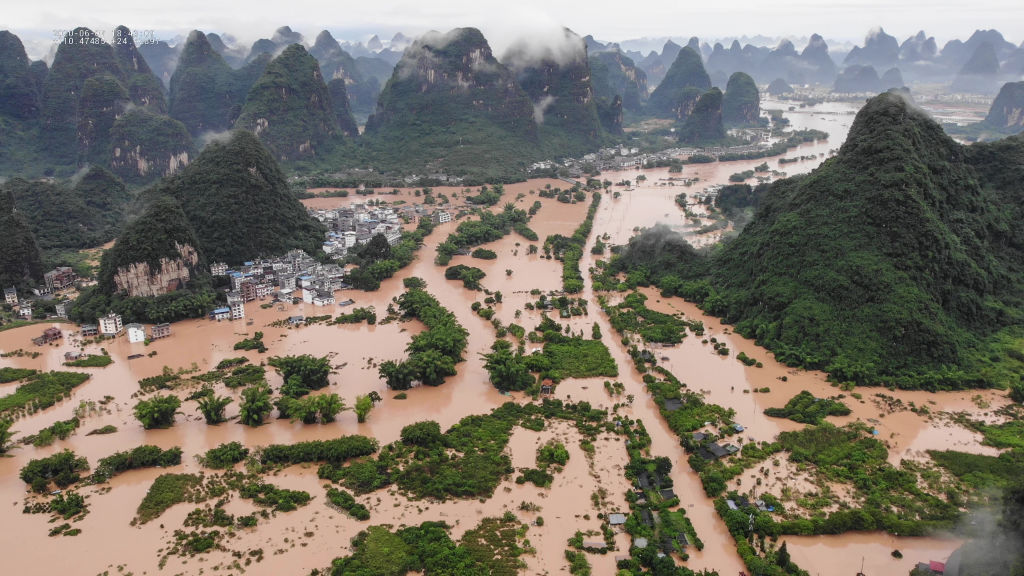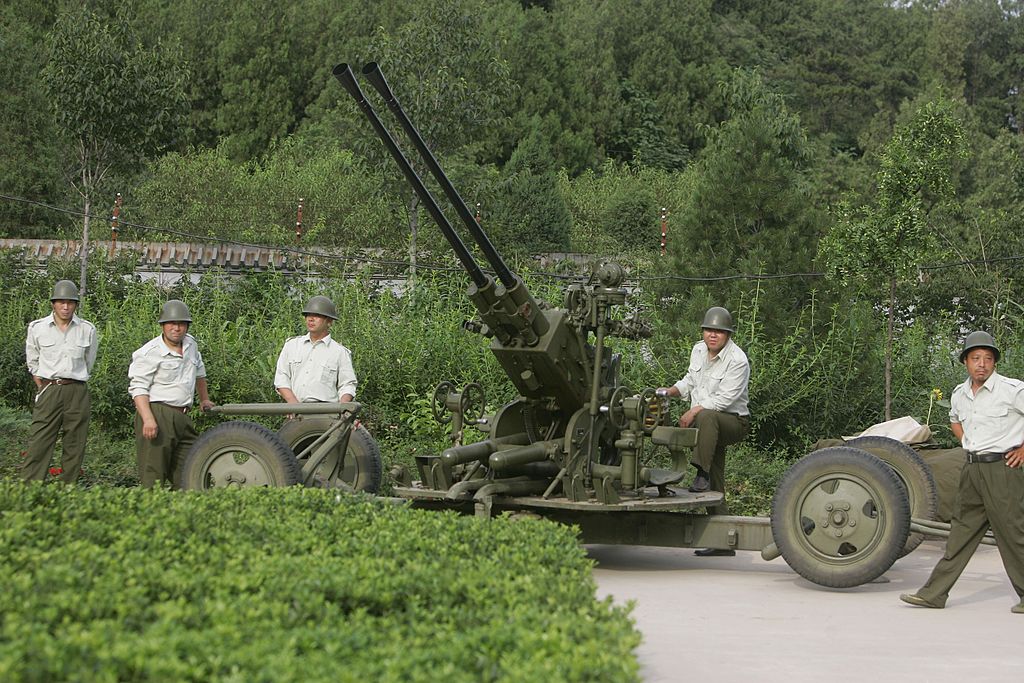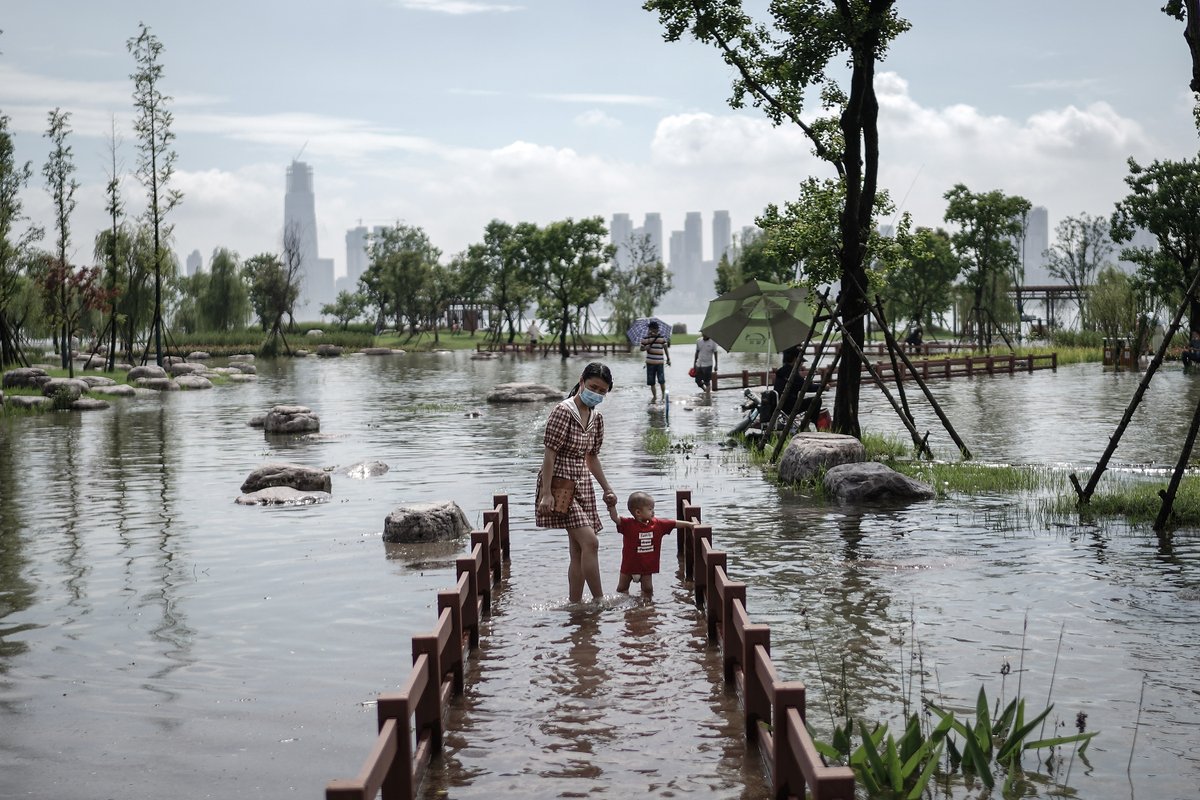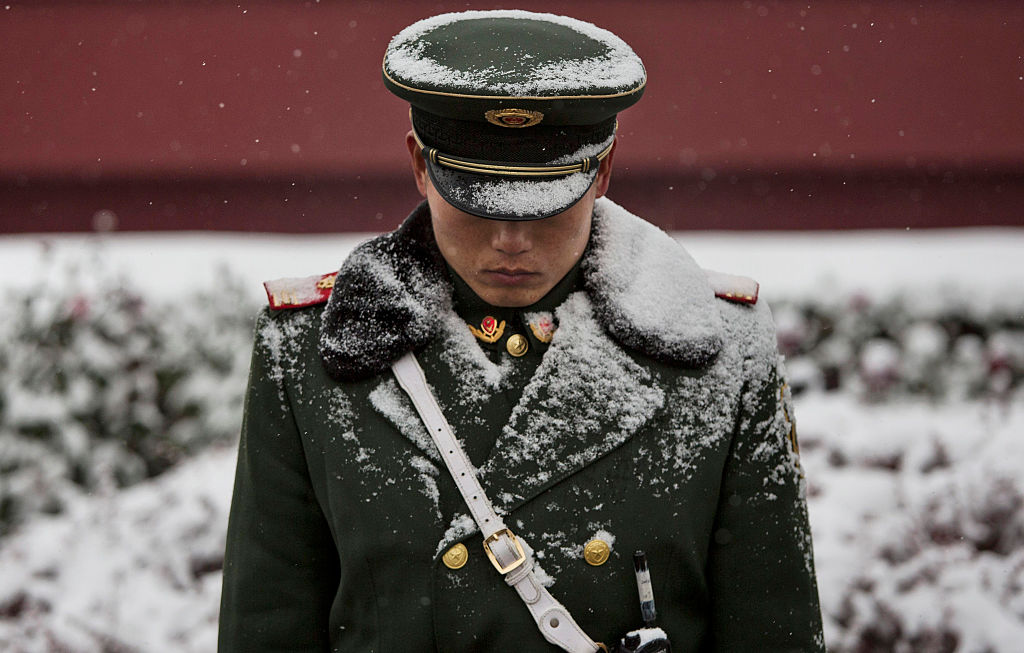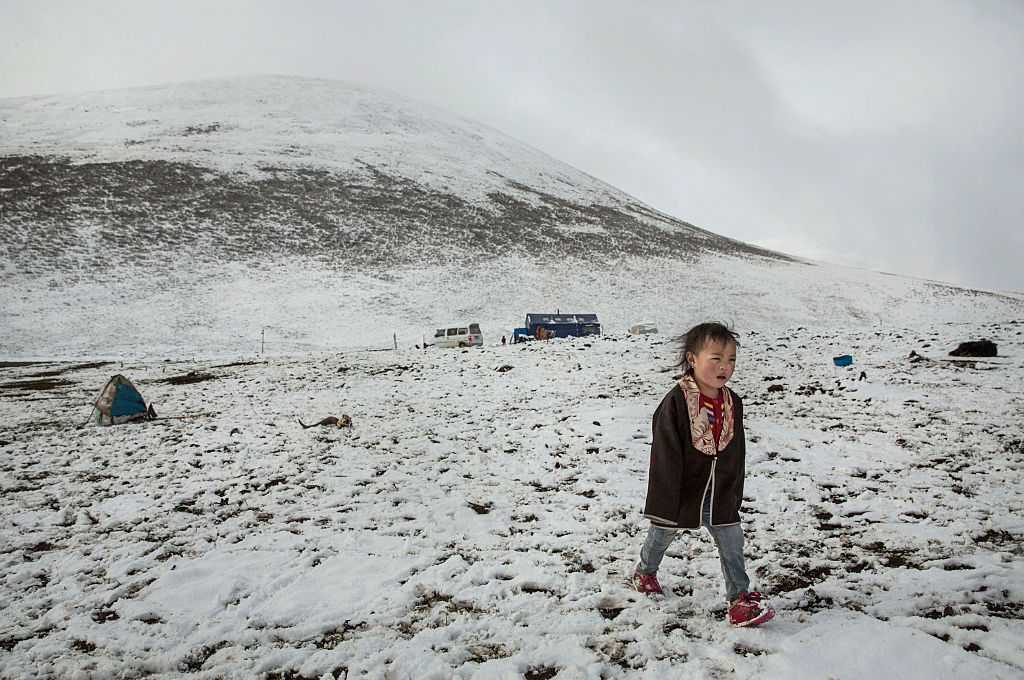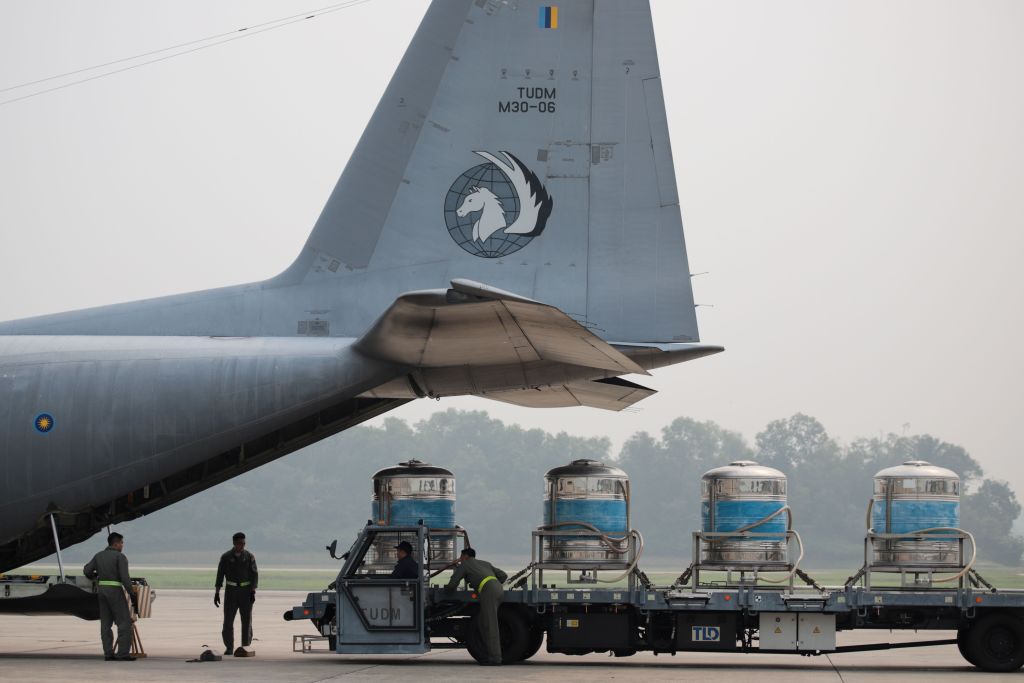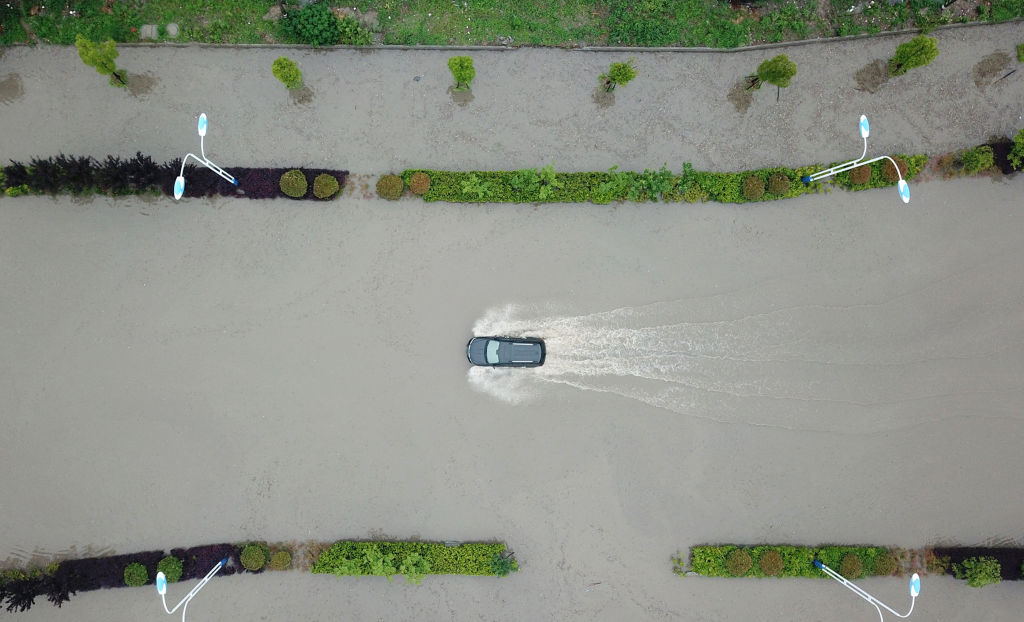Last month, 16 “artificial rain enhancement rockets” were launched off the back of a pickup truck 300 miles south of Beijing.
The operation, ordered up by the Juye County Meteorological Bureau in response to a local drought, was reportedly a success https://trib.al/Mpl5FZl
The operation, ordered up by the Juye County Meteorological Bureau in response to a local drought, was reportedly a success https://trib.al/Mpl5FZl
Over the next 24 hours, the county received more than two inches of rain that, according to local officials:
 Alleviated the drought
Alleviated the drought
 Lowered the risk of forest fires
Lowered the risk of forest fires
 Improved air quality https://trib.al/Mpl5FZl
Improved air quality https://trib.al/Mpl5FZl
 Alleviated the drought
Alleviated the drought Lowered the risk of forest fires
Lowered the risk of forest fires Improved air quality https://trib.al/Mpl5FZl
Improved air quality https://trib.al/Mpl5FZl
For decades, China has been home to one of the world's most advanced weather-modification programs. Its goals have been modest:
 More rain in arid places
More rain in arid places
 Less field-destroying hail
Less field-destroying hail
 Sunny days for big national events https://trib.al/Mpl5FZl
Sunny days for big national events https://trib.al/Mpl5FZl
 More rain in arid places
More rain in arid places Less field-destroying hail
Less field-destroying hail Sunny days for big national events https://trib.al/Mpl5FZl
Sunny days for big national events https://trib.al/Mpl5FZl
But that modesty is starting to give way.
Earlier this month, China announced plans to expand its rainmaking capabilities to cover nearly 60% of the country by 2025 https://trib.al/Mpl5FZl
Earlier this month, China announced plans to expand its rainmaking capabilities to cover nearly 60% of the country by 2025 https://trib.al/Mpl5FZl
Details are sketchy, but fears are rising about the potential military uses of these capabilities, and their effects on an already changing climate.
For China, and the world, these concerns need to be addressed soon https://trib.al/Mpl5FZl
For China, and the world, these concerns need to be addressed soon https://trib.al/Mpl5FZl
Humans have dreamed of controlling the weather for millennia.
But it wasn’t until 1946 that scientists at General Electric discovered that dry ice can create precipitation when it interacts with clouds under certain conditions https://trib.al/Mpl5FZl
But it wasn’t until 1946 that scientists at General Electric discovered that dry ice can create precipitation when it interacts with clouds under certain conditions https://trib.al/Mpl5FZl
By 1953, roughly 10% of the land area of the U.S. had been targeted for cloud seeding.
12 years later, the government was spending millions of dollars on weather-modification research each year, and 15 other companies started cloud-seeding operations https://trib.al/Mpl5FZl
12 years later, the government was spending millions of dollars on weather-modification research each year, and 15 other companies started cloud-seeding operations https://trib.al/Mpl5FZl
It wasn’t just about rainfall, however.
During the Vietnam War, the U.S. military weaponized cloud seeding to inhibit enemy troop movements and reduce the effectiveness of anti-aircraft attacks, among other things https://trib.al/Mpl5FZl
During the Vietnam War, the U.S. military weaponized cloud seeding to inhibit enemy troop movements and reduce the effectiveness of anti-aircraft attacks, among other things https://trib.al/Mpl5FZl
Weather modification began to alarm officials so they began seeking an international agreement to end “environmental warfare.”
In 1978, the Convention on the Prohibition of Military or Any Other Hostile Use of Environmental Modification went into force https://trib.al/Mpl5FZl
In 1978, the Convention on the Prohibition of Military or Any Other Hostile Use of Environmental Modification went into force https://trib.al/Mpl5FZl
Although China ratified the treaty in 2005, its interest in controlling the weather and the environment didn’t wane.
Meteorological calamities such as hail and flooding account for more than 70% of China’s annual disaster-related damage https://trib.al/Mpl5FZl
Meteorological calamities such as hail and flooding account for more than 70% of China’s annual disaster-related damage https://trib.al/Mpl5FZl
Weather modification is relatively inexpensive.
In the 1980s, the government began making substantial investments in cloud physics. But definitive scientific proof for the effectiveness of cloud seeding emerged only in 2018 (and in Idaho, not China) https://trib.al/Mpl5FZl
In the 1980s, the government began making substantial investments in cloud physics. But definitive scientific proof for the effectiveness of cloud seeding emerged only in 2018 (and in Idaho, not China) https://trib.al/Mpl5FZl
China claimed a great success in 2008, when Beijing launched 110 allegedly rain-suppressing rockets to ensure that the Olympic opening ceremonies were dry.
They were, although scientists have questioned whether the rockets had much to do with it https://trib.al/Mpl5FZl
They were, although scientists have questioned whether the rockets had much to do with it https://trib.al/Mpl5FZl
By 2015, there were rainmaking and hail-suppression programs in 30 Chinese provinces, employing some 35,000 people.
In 2017, China showered $175 million on a system designed to bring more precipitation (among the items purchased: 897 rocket launchers) https://trib.al/Mpl5FZl
In 2017, China showered $175 million on a system designed to bring more precipitation (among the items purchased: 897 rocket launchers) https://trib.al/Mpl5FZl
In 2018, Chinese aerospace and defense companies were reportedly building thousands of fuel-burning chambers intended to produce vast amounts of precipitation along the Alaska-sized Tibetan plateau https://trib.al/Mpl5FZl
Even modest success at weather modification might worry rivals and neighbors.
Other Asian countries are increasingly concerned that China’s program could negatively affect the monsoons and regular rains that have fed their people for millennia https://trib.al/Mpl5FZl
Other Asian countries are increasingly concerned that China’s program could negatively affect the monsoons and regular rains that have fed their people for millennia https://trib.al/Mpl5FZl
In a region where tensions are already rising over access to water, weather modification will at best appear like diplomatic pressure; at worst, it looks like a weapon.
Convincing China and others to share their technology and intentions won’t be easy https://trib.al/Mpl5FZl
Convincing China and others to share their technology and intentions won’t be easy https://trib.al/Mpl5FZl

 Read on Twitter
Read on Twitter